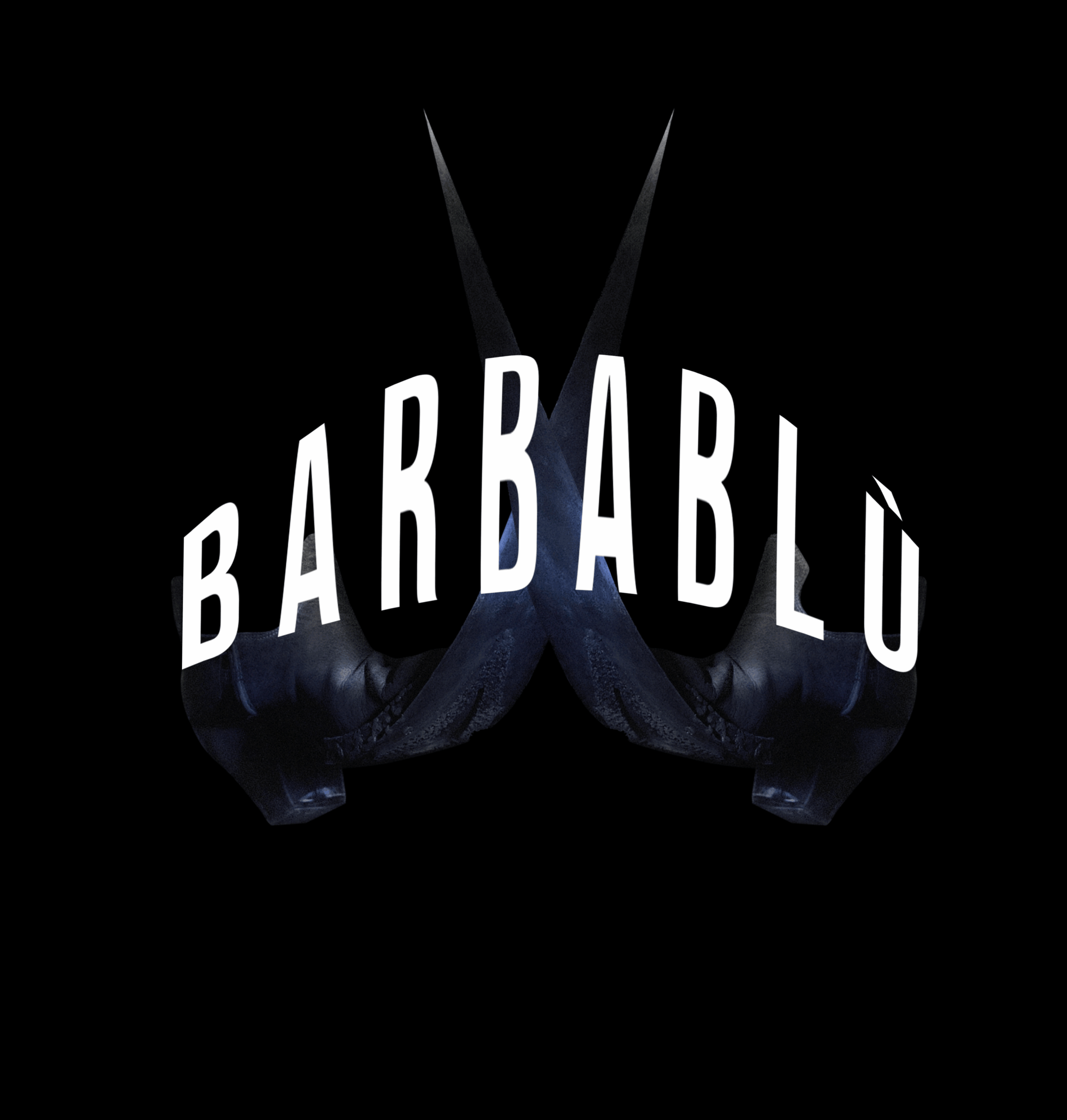
« Our women’s bodies are castles of phantasms, and I want to be the mistress of the castle. »
A multidisciplinary and itinerant performance, Barbablù (I. Fear) seeks to interrogate the contemporary relevance of the Bluebeard myth through the lens of fear and violence against women. Loosely inspired by various versions of the tale – from Perrault’s fairy tale to contemporary texts, including Méliès’ film – the form blends theatre, opera, and visual arts in a journey where the immersive nature intensifies through a conception of total art.
Structured in a prologue, three acts, and an epilogue, the dramaturgy is based on a new (Italian) text by author and director Stéphane Ghislain Roussel. It draws the audience into a trajectory that constantly scrutinizes voyeurism and questions, from multiple angles, both individual responsibility and collective inaction. The contemporary narrative style, infused with both symbolism and expressionism, emphasizes the protagonist’s path, as she moves from infatuation to disillusionment, and finally to paralyzing anguish. Opera excerpts, the sound creation by Émilie Mousset, and the visual and olfactory environment conceived by artist Théo Pézeril intertwine to create a true huis clos.
Gradually, the theatre transforms into a castle, the dressing rooms into a chamber of horrors, and singing gives way to screaming, erasing all traces of rational language. What power does speech still hold in our era? How can fear be evoked and transcended (here, on stage)? These are some of the guiding questions behind the scenic research. If Bluebeard is the name – often insidious and hidden – of the many figures of heteropatriarchy that objectify and violate women’s bodies, annihilating all possibility of equality, then the victimization of women or the redemption of the monster are not the final words of our Bluebeard. On the contrary, a final reversal of power dynamics leads here to the woman’s empowerment.
-Stéphane Ghislain Roussel
____________________________
The first sculptural environment appears in the second act, as the performers cross the threshold into Bluebeard’s castle – more precisely, into its dining room, imagined as the very stage of the Galleria Toledo itself.
At the heart of this setting stands a lavish banquet table, staged like a nature morte, bathed in the shifting glow of a suspended chandelier. At first, its light radiates warmth and conviviality; gradually, it grows colder, spectral – heralding death. The chandelier’s armature is forged from curved steel, sculpted into a three-dimensional evocation of the female uterus, inspired by the Golden Uterus of the Farmacia Storica degli Incurabili in Naples. Its form is sheathed in a dense, pinched skin of lubricated silicone, tactile and uncanny. A spill of pearls cascades from its core, pooling sensuously across the surface of the table.
Behind the table, a second suspended sculpture mirrors this spectral opulence: an antique Italian gilded frame encasing a hand-drawn motif of San Gennaro’s blood relic. The image is inscribed on the reversed side of a patched leather apron, marked by delicate surgical stitching – a subtle invocation of Catholic rituals, in which the miraculous liquefaction of San Gennaro’s blood is read as a sign of good omen. Initially conceived as a garment for Bluebeard, the apron now assumes the guise of a relic, enshrined within the frame like a devotional painting – a silent testament to transformation and symbolic inheritance.
The second defined space emerges in the third act. Here, the audience is compelled to follow Bluebeard’s valet – performed by Théo Pézeril – into the theatre’s backstage lodges, plunged into darkness and enveloped in the haunting soundscape composed by Émilie Mousset. Drawn by an intoxicating fragrance – designed by Pézeril, a heady blend of smoky oud, raw oud, amber, rose, olive oil, and burning essence – the audience encounters a clandestine shower room. Within it, four hand-carved wooden sculptures lie submerged beneath a veil of running water. Resembling bones, these oiled and painted forms release their perfume into the space, their scent carried by the heat of candle flames licking at aluminum perfume-cups embedded in the wood.
The final act unfolds beyond the stage : in the emergency corridor that leads into the streets of Naples. A narrow passage, lit by cold blue light, guides the audience to Bluebeard’s final gesture – a farewell aria drawn from Bartók’s score. Julien Ségol, incarnating Bluebeard, appears in a weathered leather apron and Low Knife Boots, crafted from repurposed curved leather shoes, their fronts sharpened into gleaming blades with high metal heels. As he sings, he brushes against the audience – now pressed tightly against the walls – creating a final visceral confrontation.
The performance concludes outdoors, where Alessandra D’Elia awaits the audience in the street, offering one last moment, a closing tableau, before dispersal.
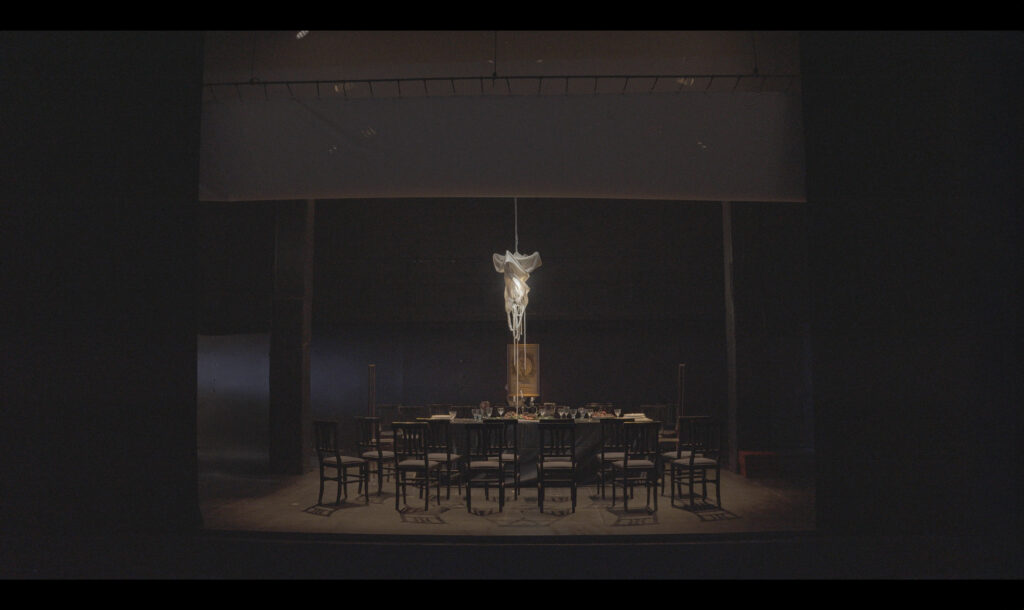
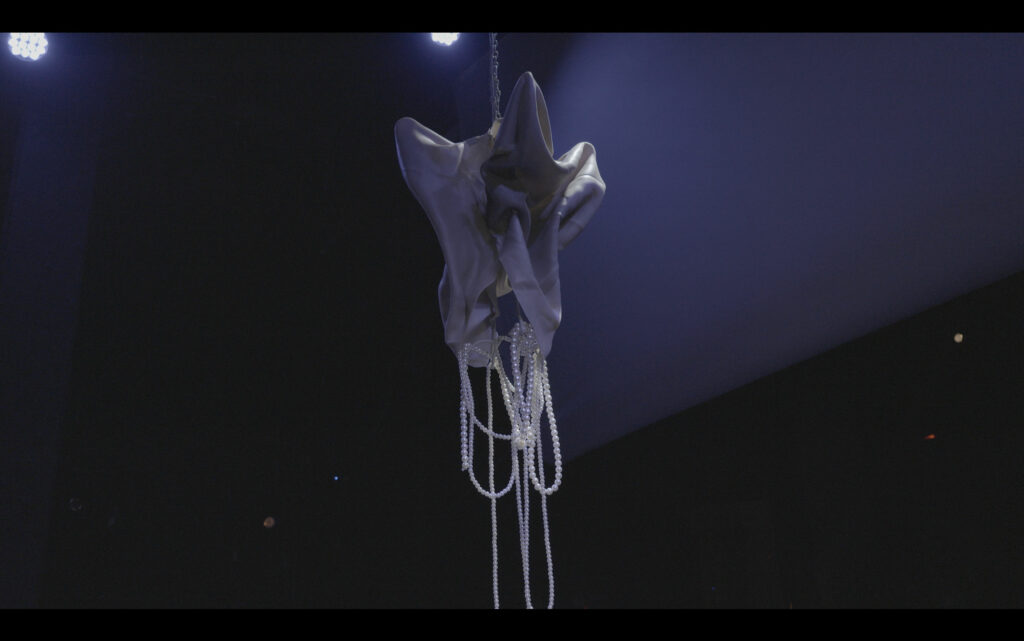
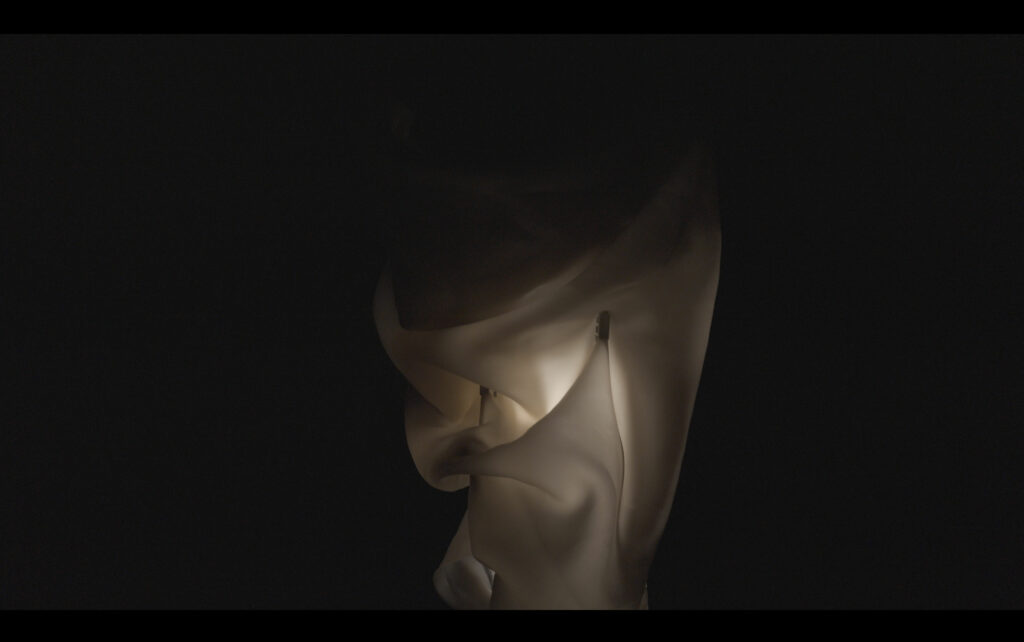
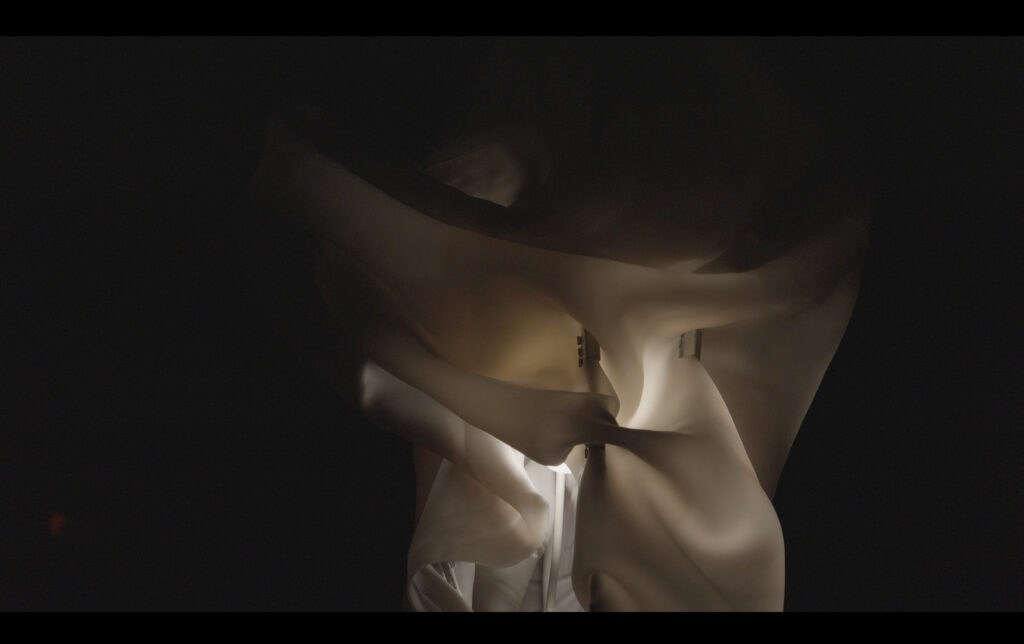
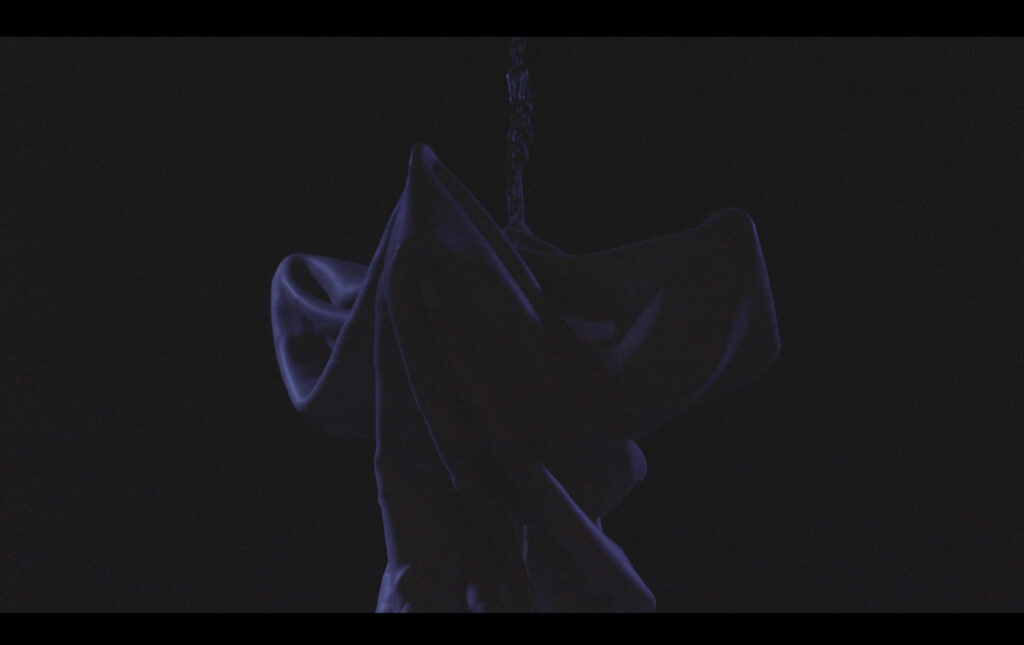
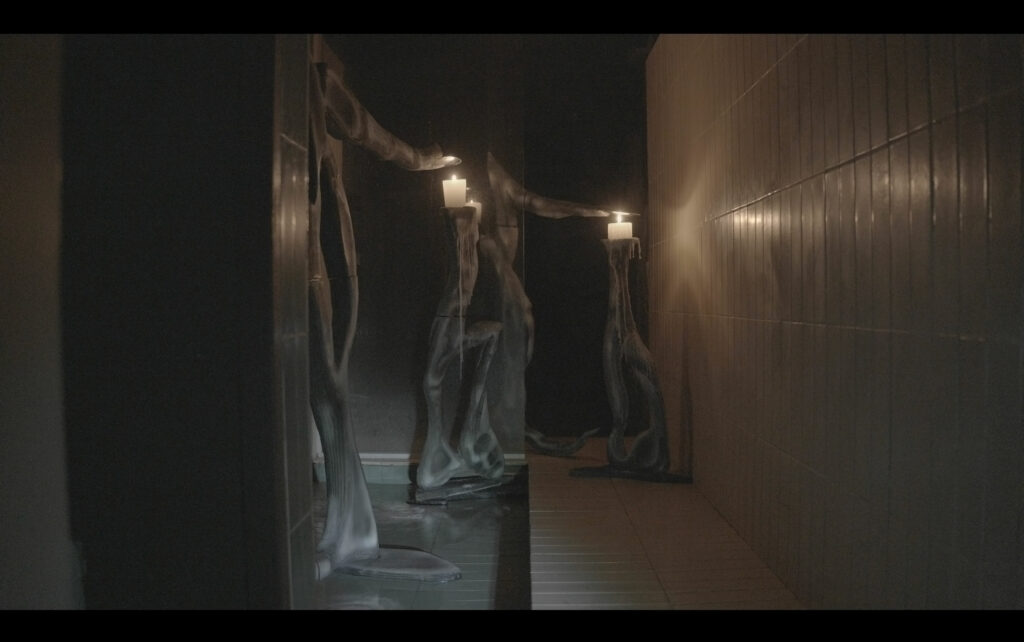

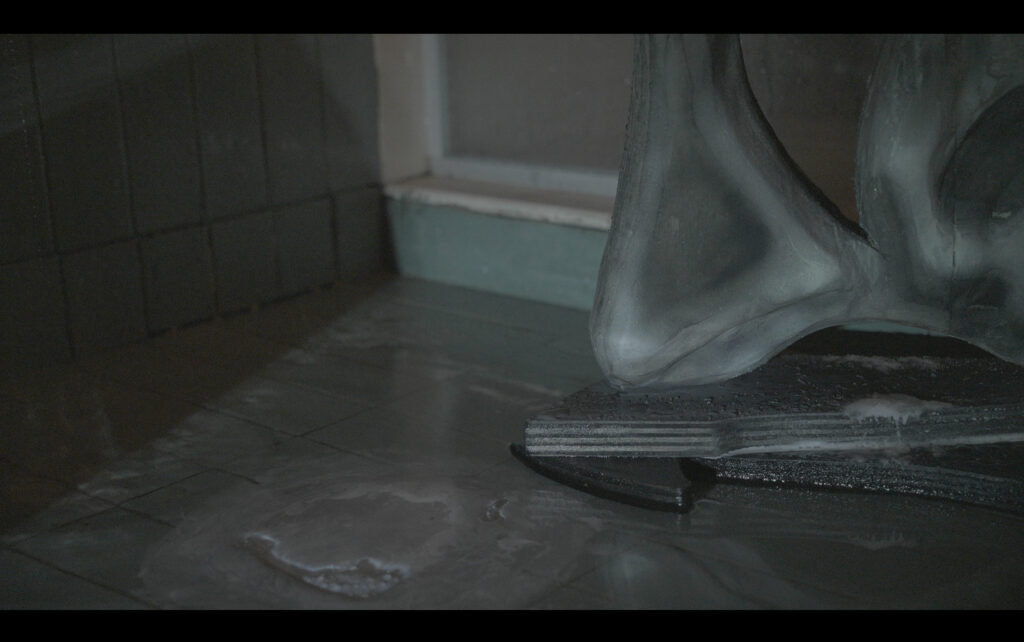
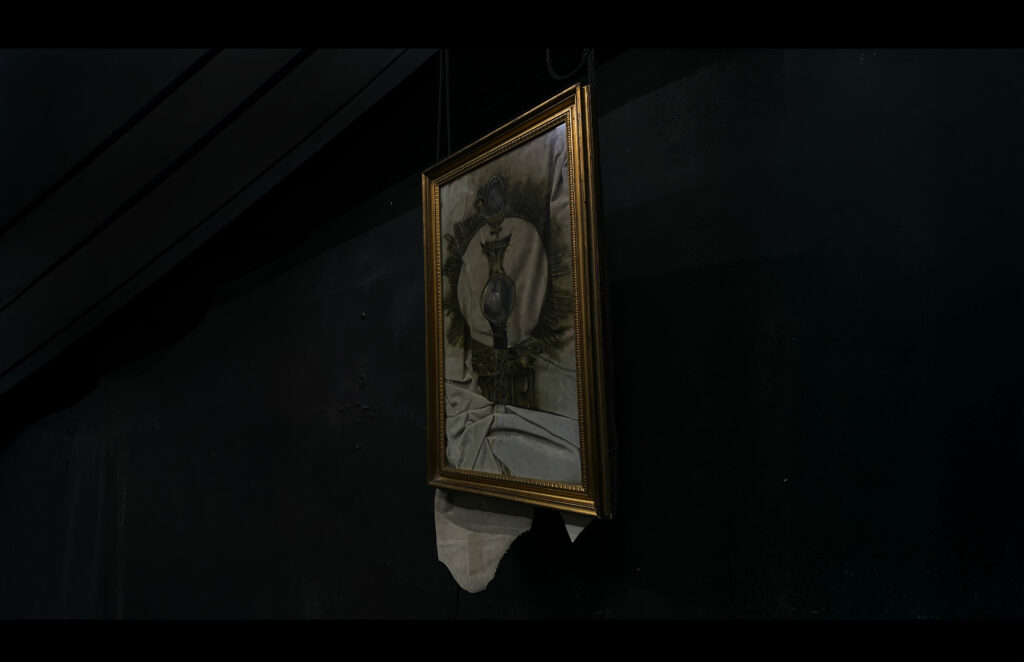
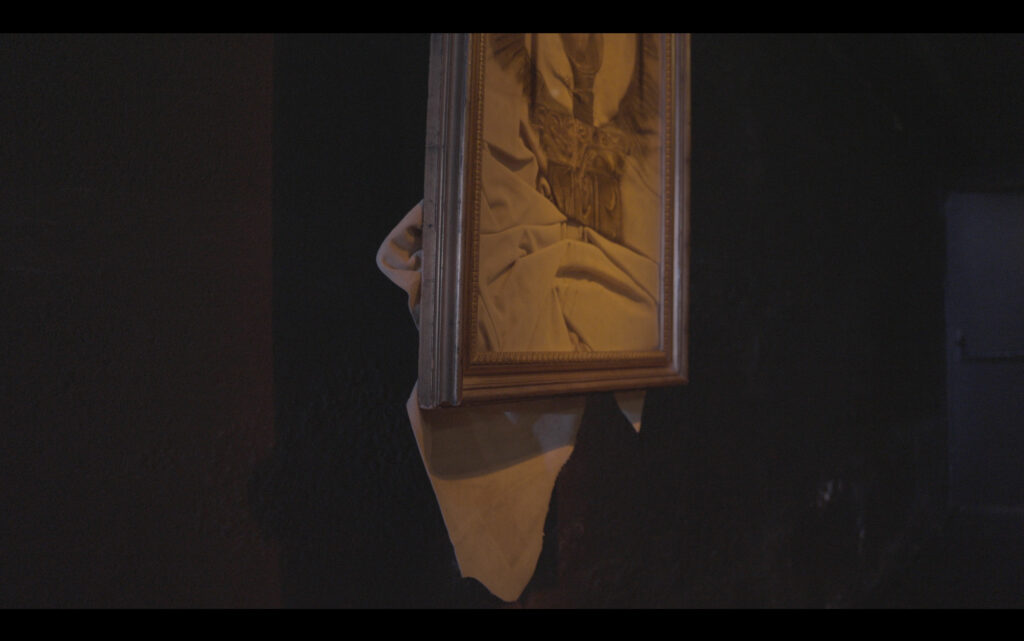
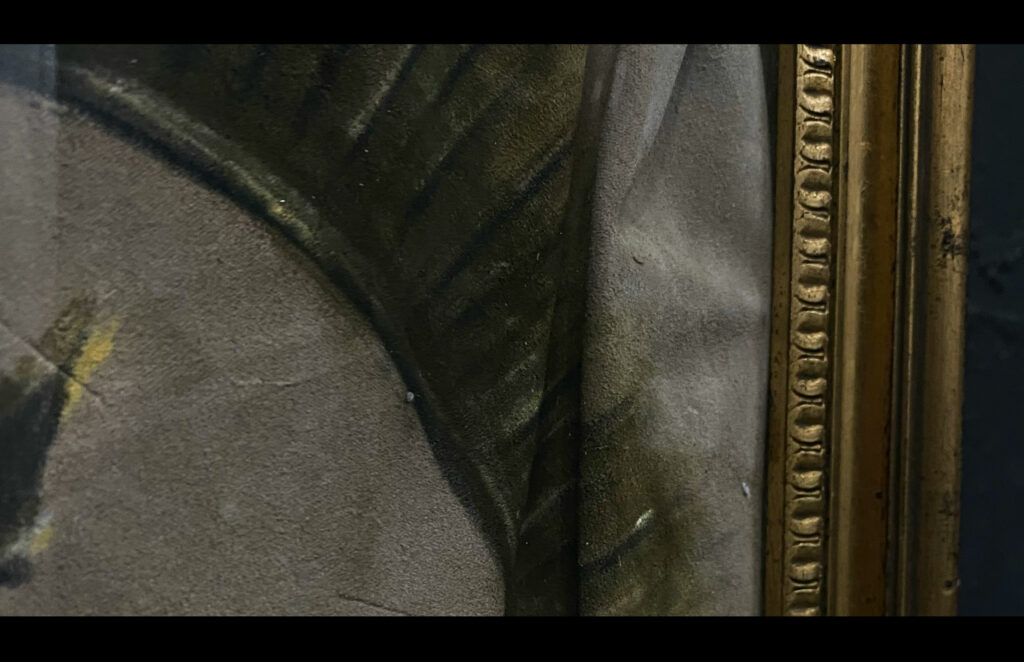
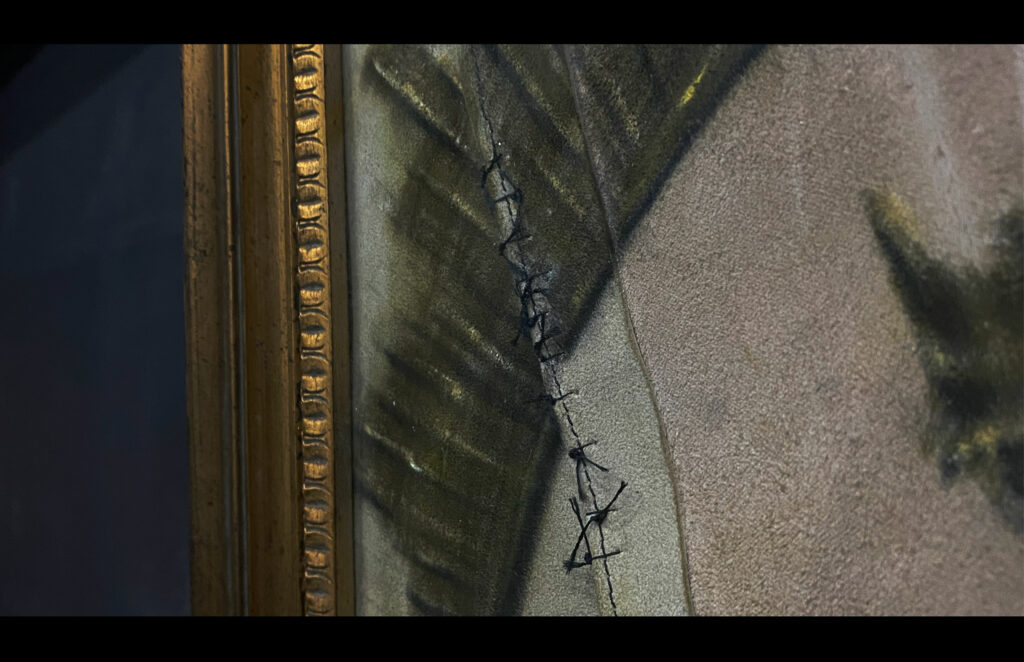
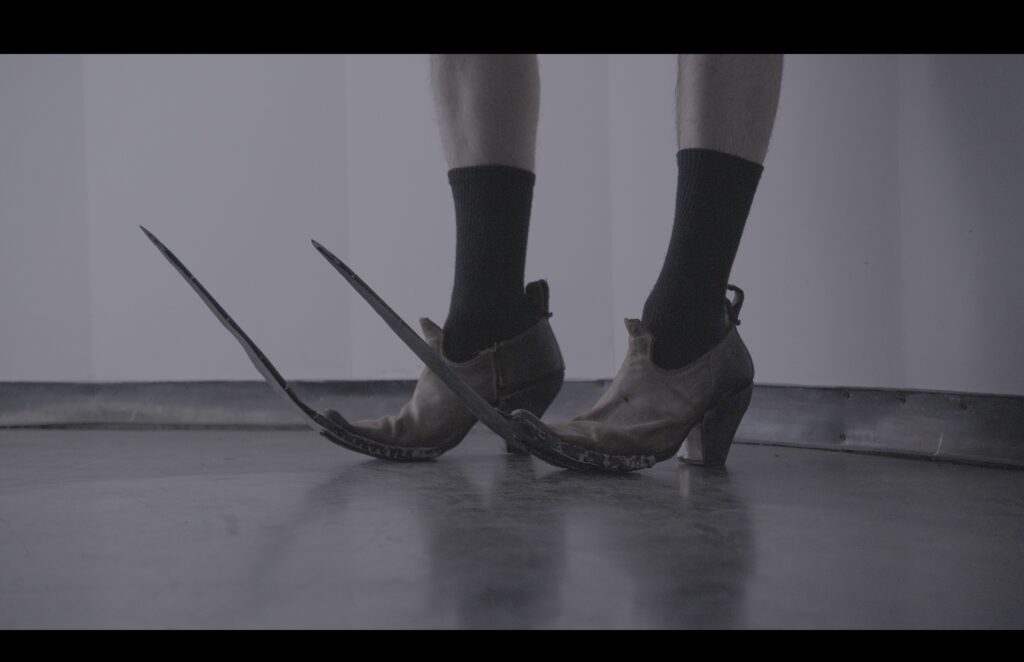
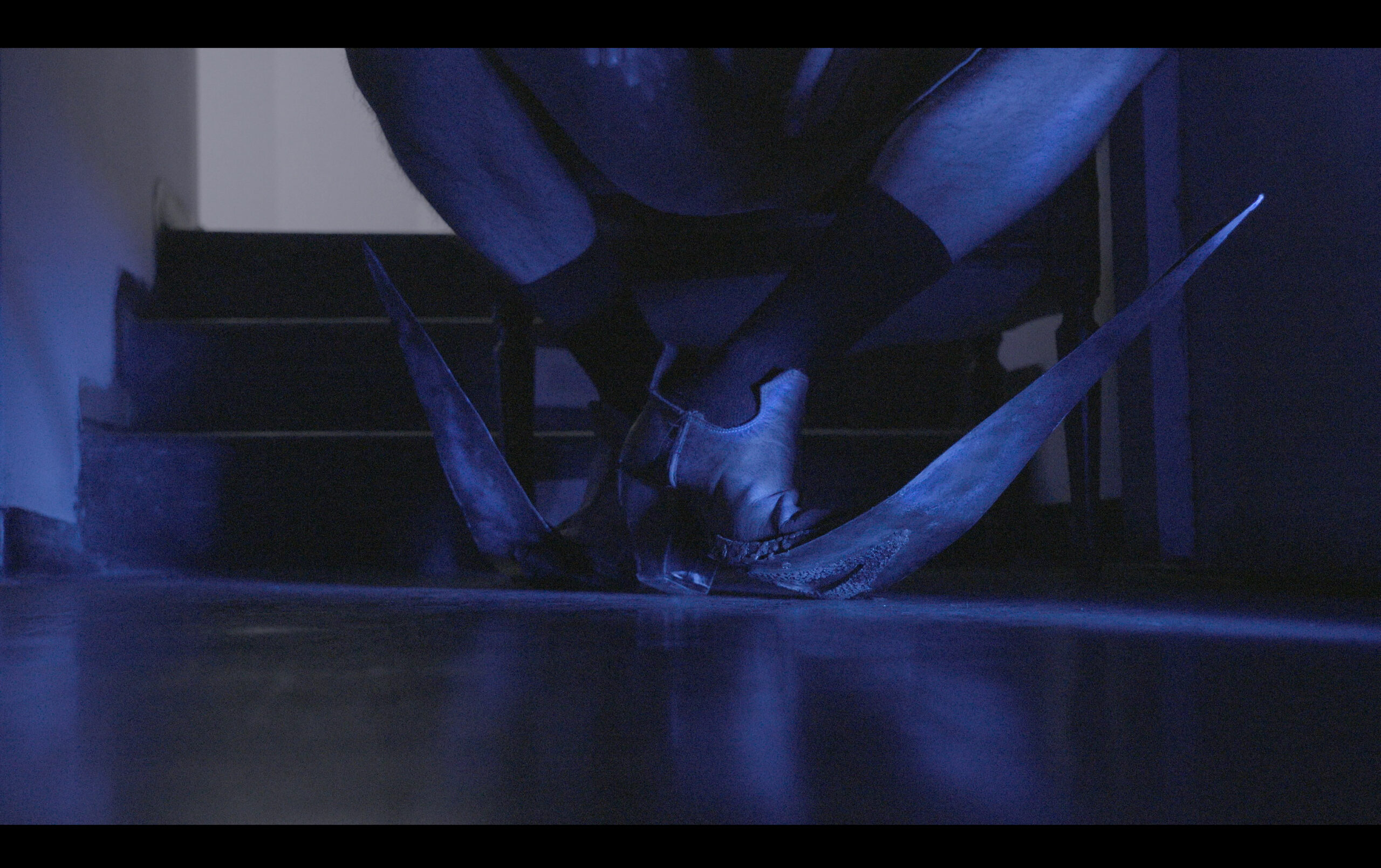
Performance
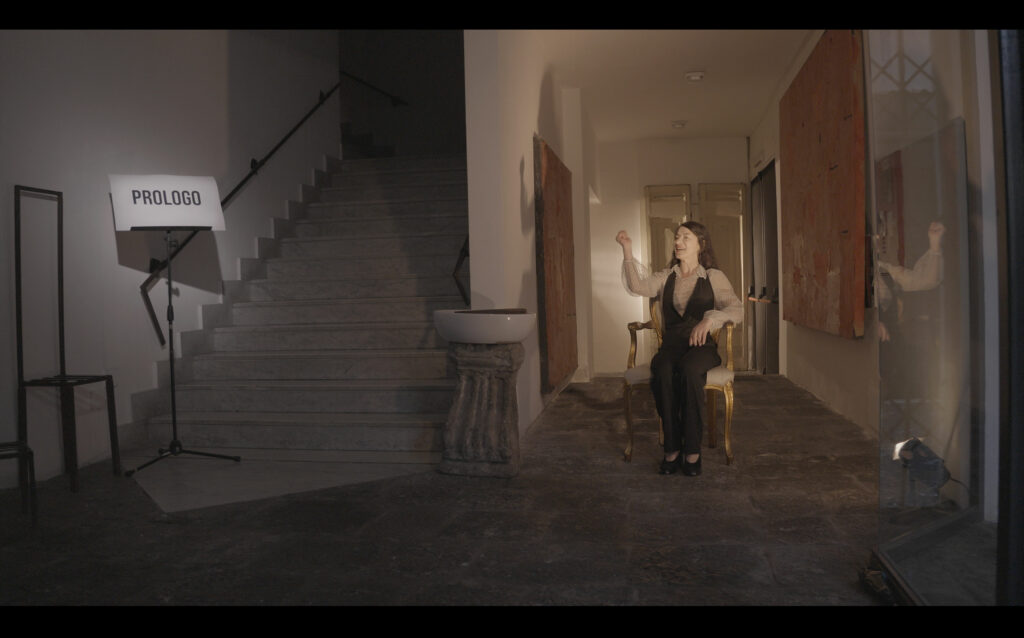
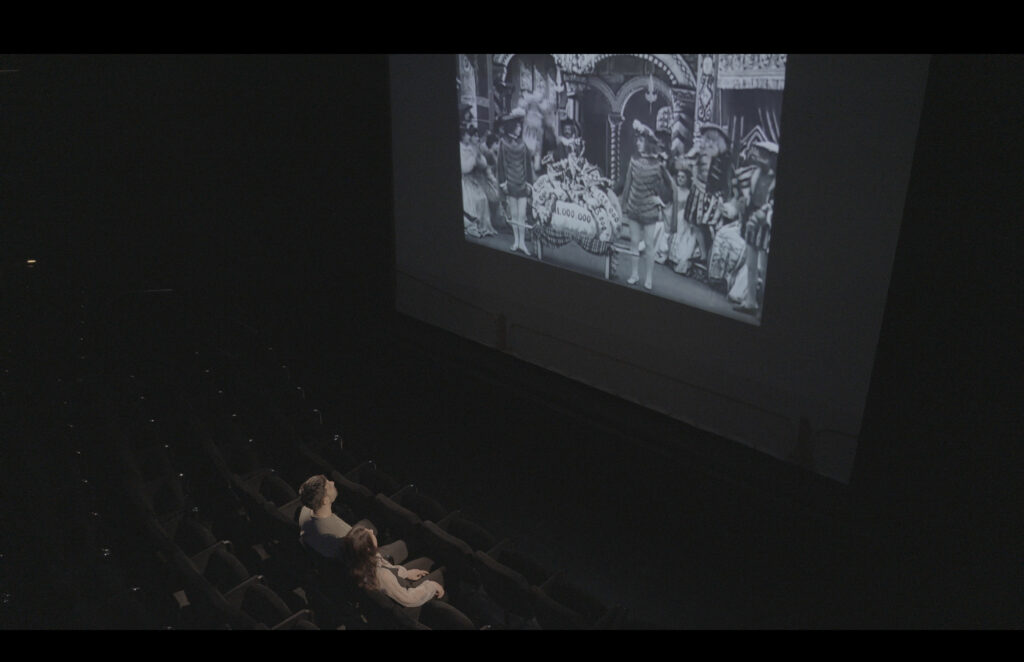
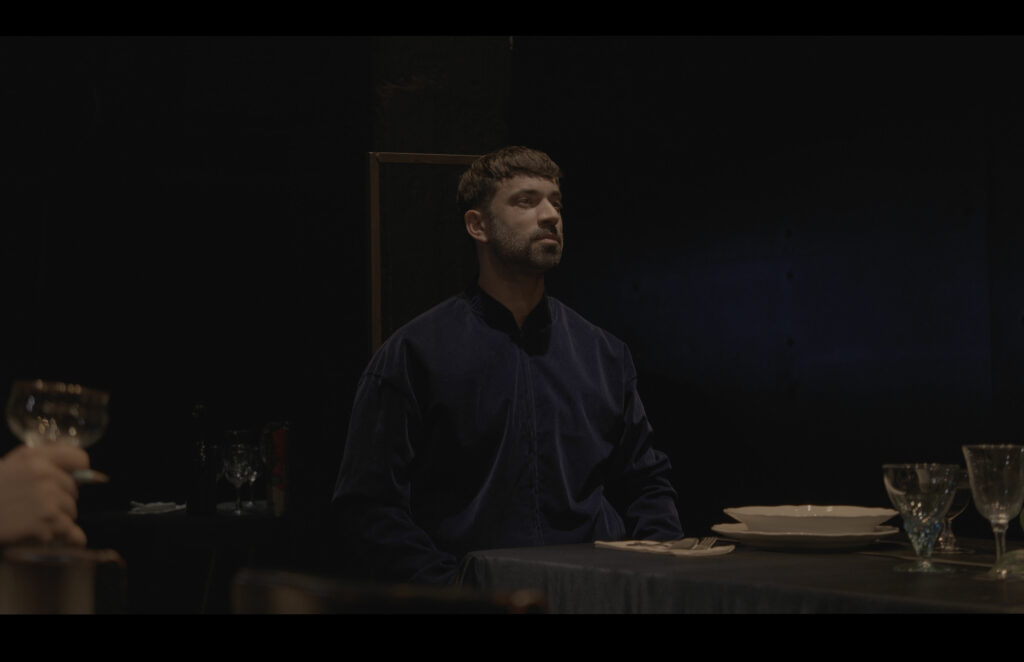
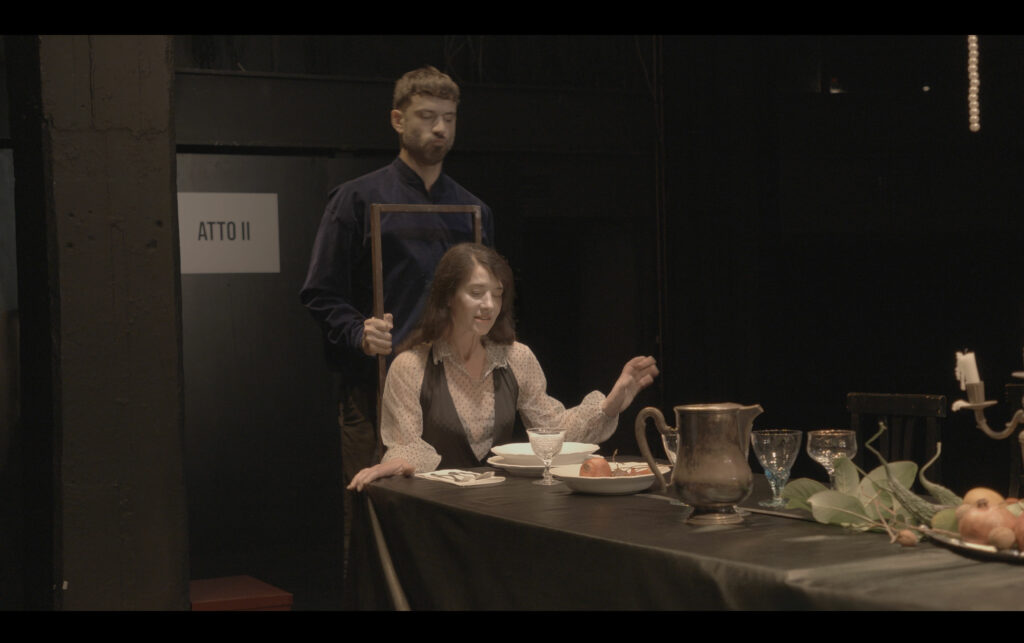
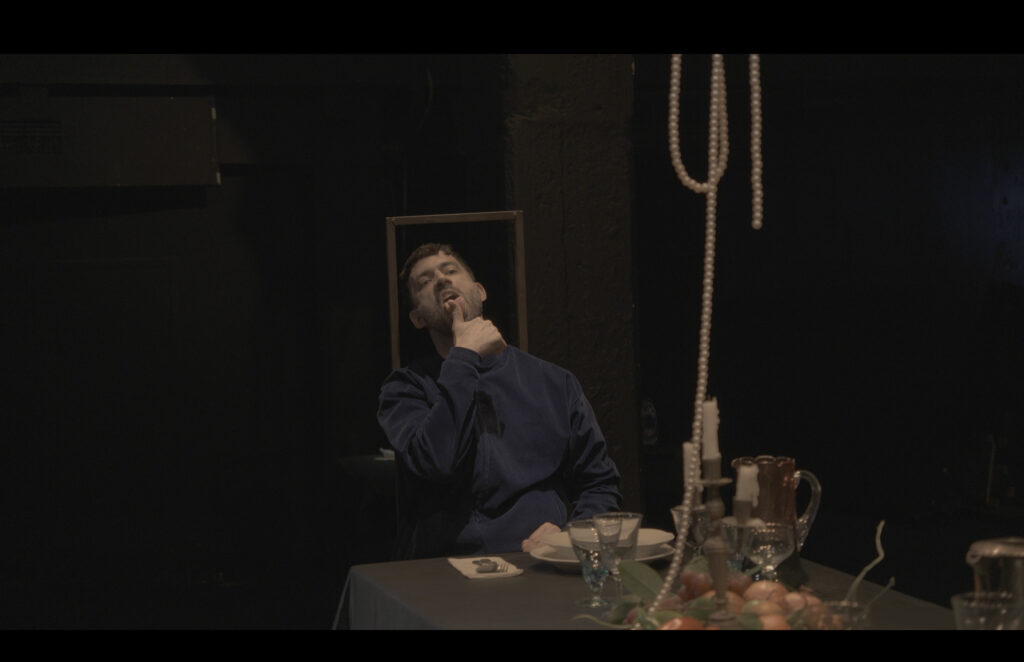
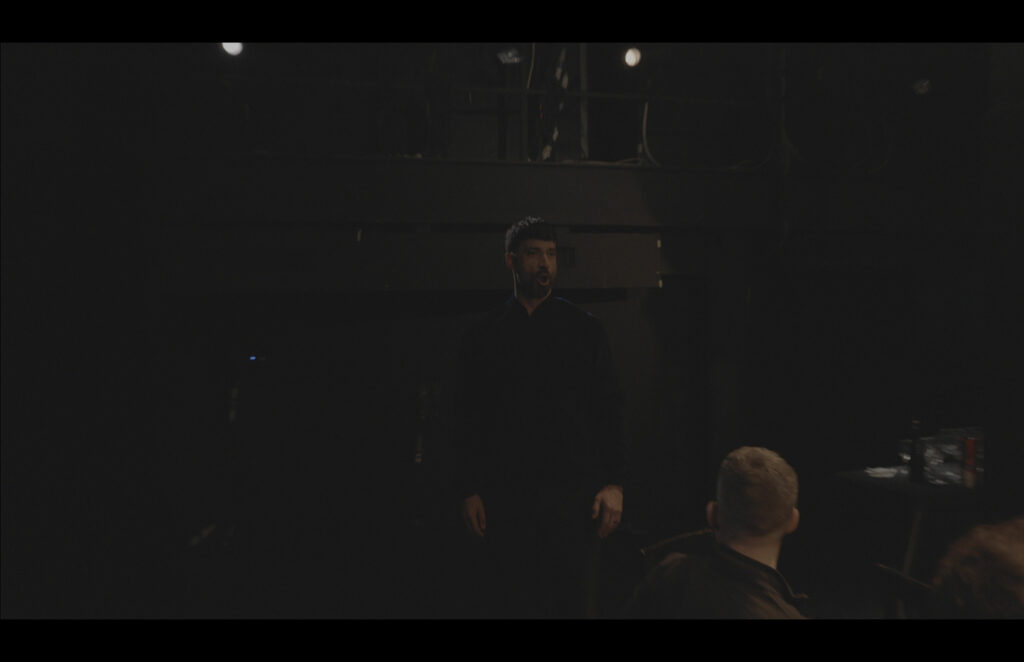
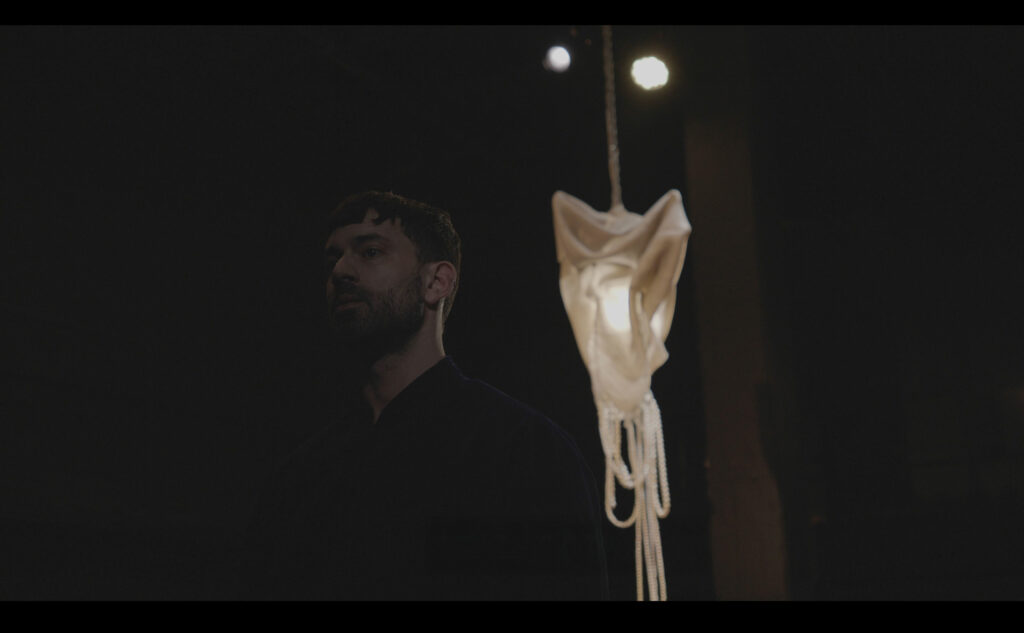
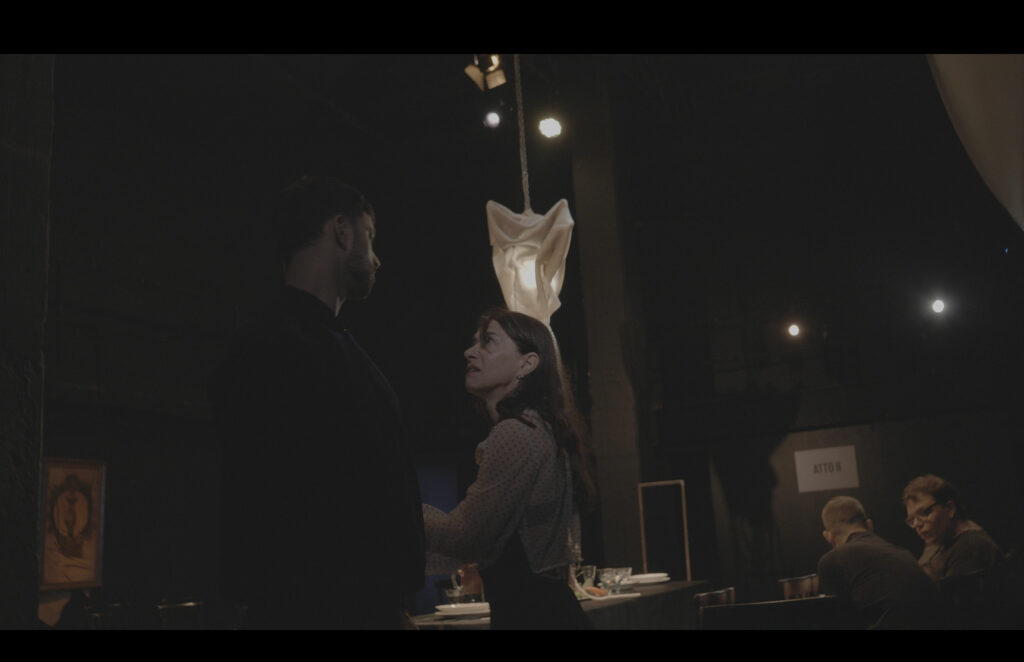
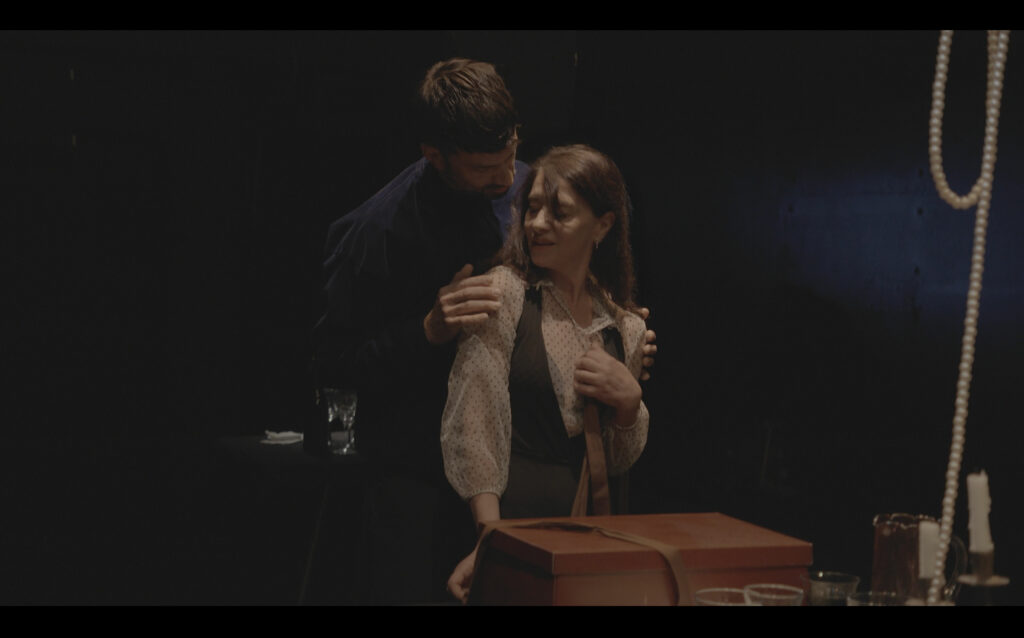
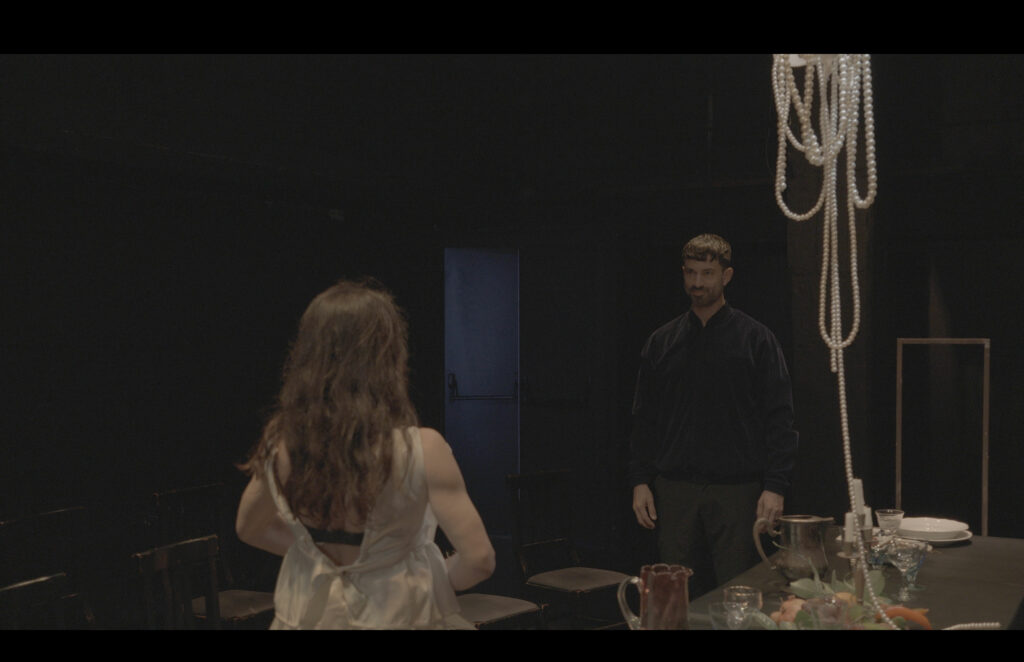
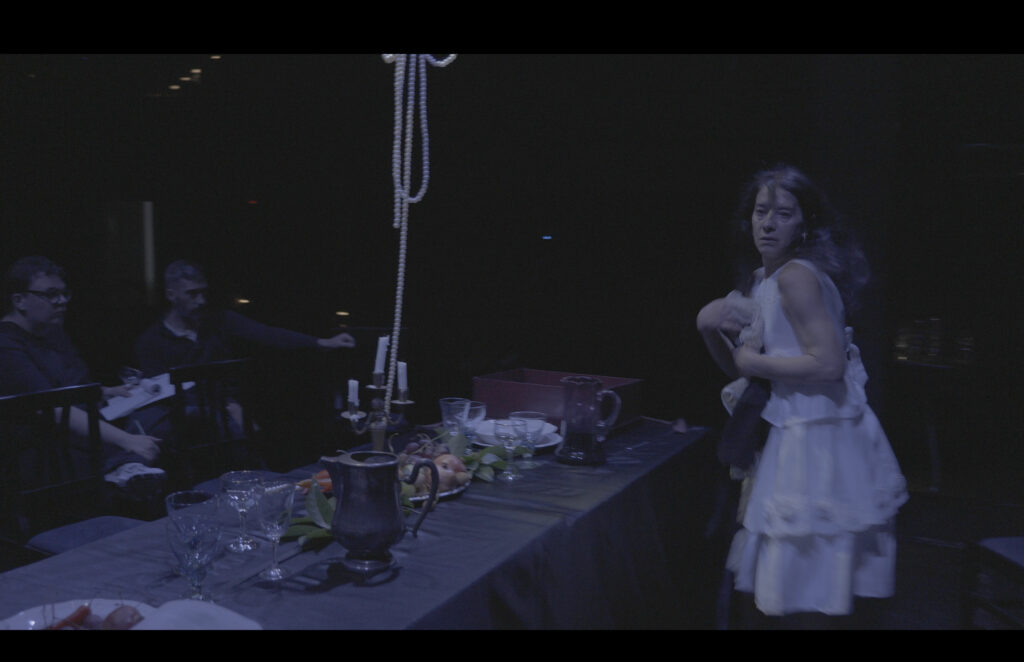
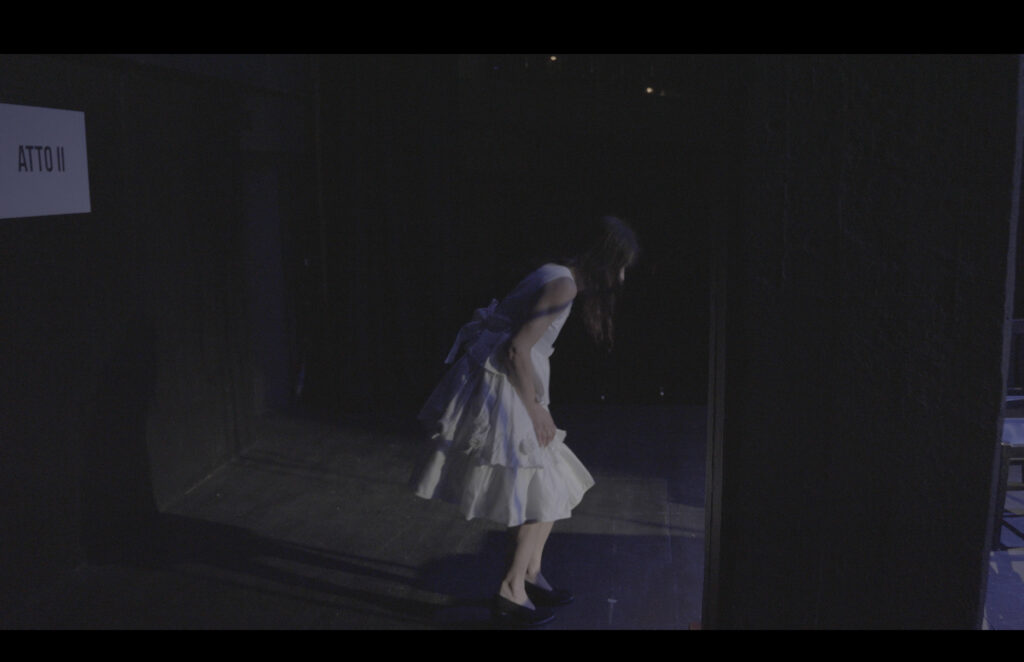
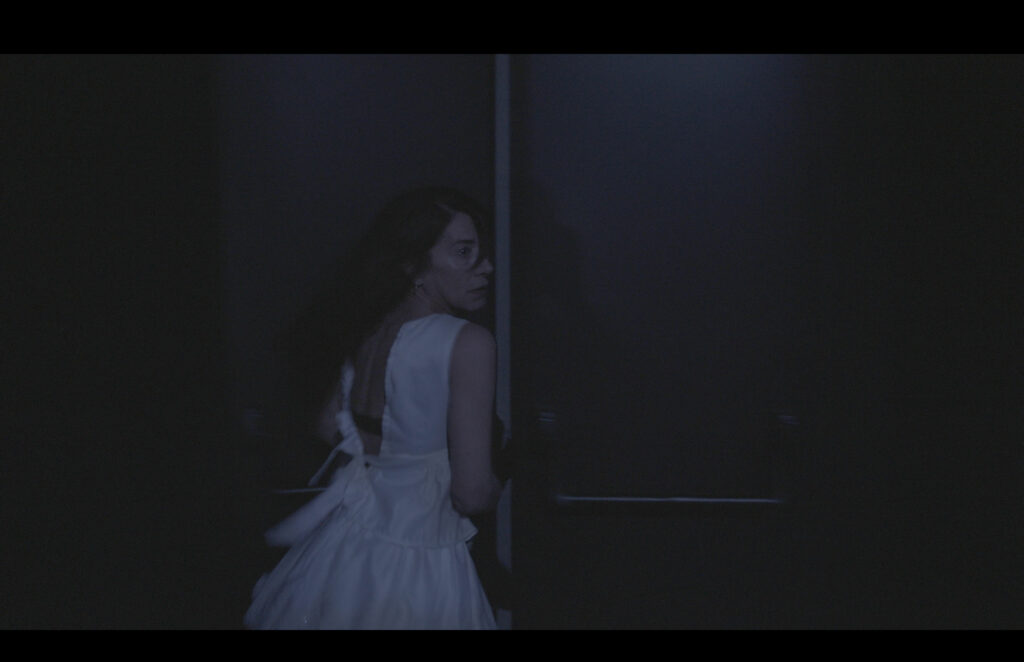
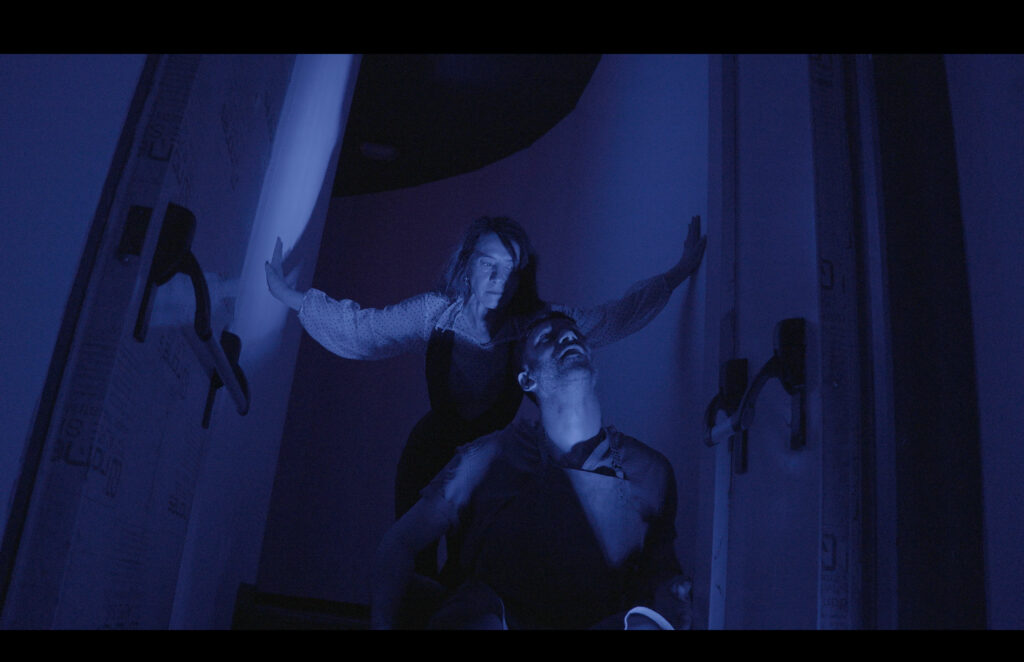
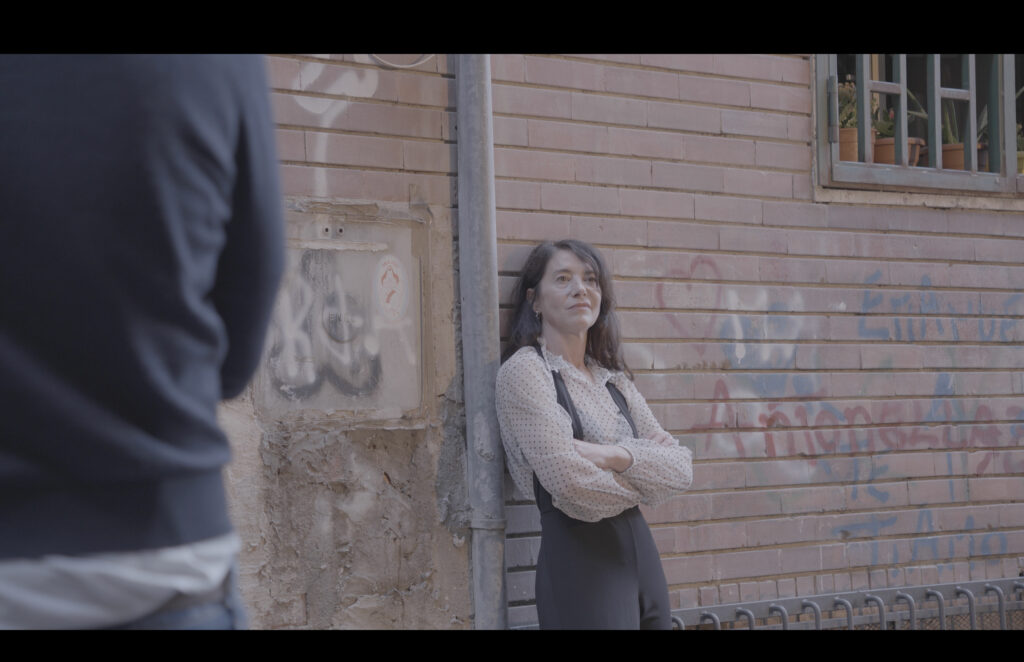
- Credits :
- Concept, direction, dramaturgy and text : Stéphane Ghislain Roussel
- Actors : Alessandra D’Elia and Julien Ségol, lyric bass
- Sound : Emilie Mousset
- Visual environment, costumes & photos : Théo Pézeril
- Lighting : Lucio Sabatino
- Assistant director : Luca Cristiano
- Film: Georges Méliès, Bluebeard , 1901
- Lyrical Scores : Guy Ropartz, 2 lieds on poems by Heinrich Heine ; Béla Bartok, 2 excerpts from the opera Bluebeard’s Castle musicians for the pieces by Guy Ropartz (recorded music): Aurélie Anslot, Aram Diulgerian, Laurène Schuller, Clara Szu-Yu Lin, Annie Vander Linden Kraus.
- transcription of the orchestral music by Béla Bartók : Jean-Sébastien Noël